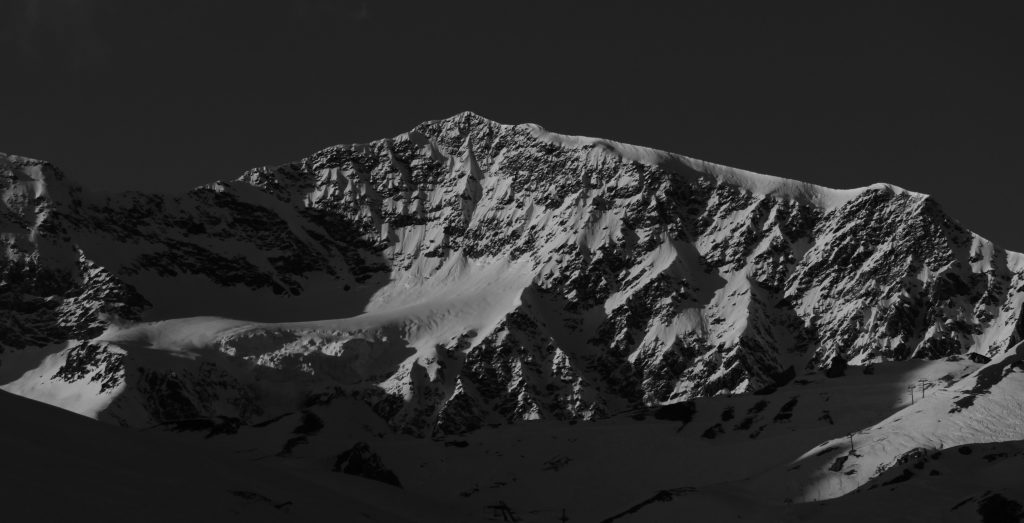Riding up the Gondola this morning with Nil, aiming for whatever sunshine could squeeze through the thin clouds, I asked Nil to explain to me what it is that makes skis turn you. Hmmm! That question floors most people. When we got on the snow we identified what the “centre of mass” of the body is. Skis respond to the motion of the centre of mass and you have to move that centre of mass to make things happen. This blog exists so that people can properly learn what we are really doing when skiing. Two years ago I explained this and lots more to Nil and her friends, but being only aged 9 at the time she is excused for forgetting.
We Revised dynamics and skating turns – starting very slowly, carefully and thoroughly. (full explanations are found with the “Dynamics” and “Beginner” buttons at the top of the blog)
It was very cold early on so a hot chocolate stop was necessary and we took advantage of that to remove ski boots and look at how to use the feet and ankles correctly inside the ski boots. There are two options… A) stand on the heel and rock the foot onto its inside edge beneath the ankle. B) stand on the ball of the foot and extend the ankle – also rocking the foot beneath the ankle. Both of those solutions make the ankle stiff and strong to work with the ski boot and allow pressure to be transmitted to the fronts of the skis correctly. Bending is only at the knees and hips.
When skiing Nil was working at moving the centre of mass into the new turn and also coming forward on the skis so that the fronts would pull her into the turn. This is how we overcome the emotional tendency to do the opposite – to end up on the backs of the skis and ski boots and out of control. Skiing teaches us that we can control and master our emotions – and that doing so is something that has to be learned. The word “emotion” actually means “impulse to move” – and in skiing the untrained emotion is nearly always the wrong way to move!


